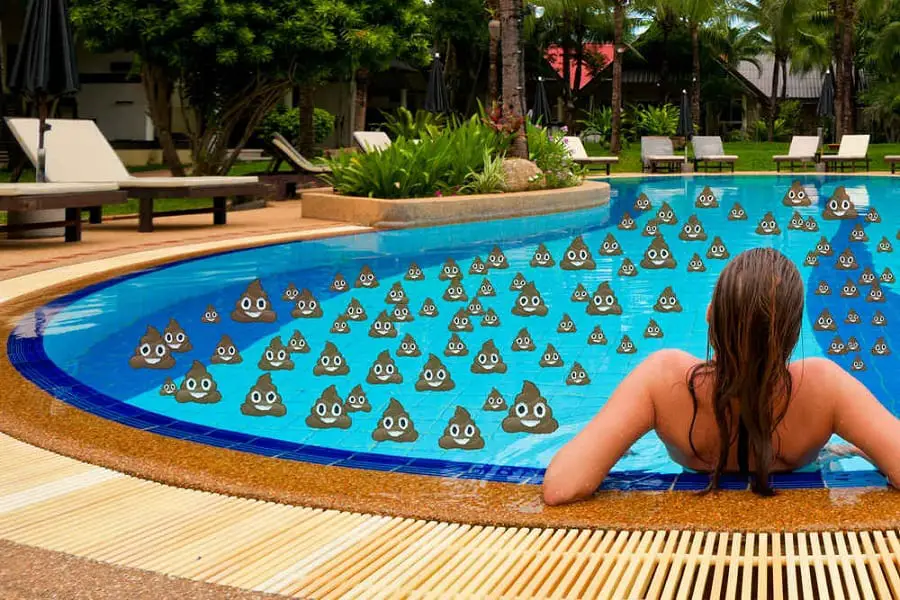Did you know that swimming for a total of 2.5-hours per week can drastically reduce the risk of chronic diseases?
It’s true!
While swimming holds loads of health benefits, each summer, outbreaks caused by contaminated pools, hot tubs, spas, lakes, and recreational water sources tend to increase.
Between 2011-2012, the CDC claimed that there were a total of 90 recreational water-related disease outbreaks. Overall, 1,788 outbreak-associated cases of diseases were reported in the United States.
When pathogens that are usually found in contaminated recreational water start to spread, they cause infections. Individuals who swallow dirty water or breath in mists or aerosols from spraying water sources are more likely to fall ill.
They may experience different forms of diarrhea, respiratory infection, swimmer’s ear, rashes, and may have to take several long trips to the hospital.
Here are the most common pool diseases associated with recreational water sources:
Contents
1. Diarrhea
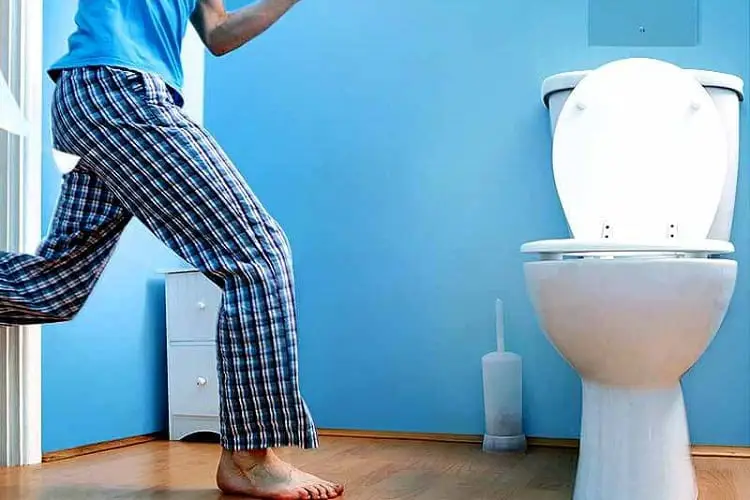
The most common pool-borne disease has something to do with natural bodily functions. You guessed it, we’re talking about excretion or more commonly known as “number 2.”
One of the most popular recreational water illnesses (RWI) is diarrhea. Cryptosporidium parasites are thought to be responsible for this disease.
According to the spokeswoman of the Division of Foodborne, Waterborne, and Environmental Diseases for the CDC, cryptosporidium is the bug responsible for most water-associated diseases. In fact, almost half the outbreaks recorded in 2011-2012 were caused because of this bug.
It is important to note that cryptosporidium can lurk in well-maintained swimming pools for several days as well.
When your body is exposed to this parasite, it travels into your small intestine and makes a cave in the surrounding walls. This is why sometimes, after a seemingly nice pool day, you spend the next two to three weeks taking several trips to the bathroom.
2. Intestinal Complications
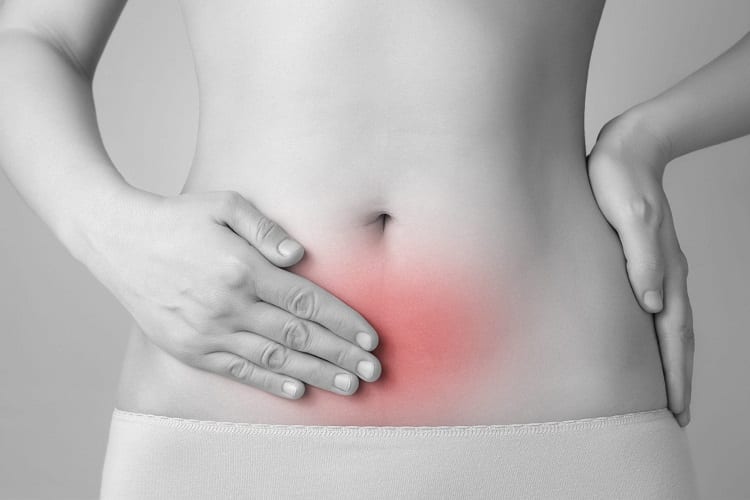
Another common lurker of swimming pools is the giardia parasite. This parasite is responsible for the diarrheal disease, giardiasis. In simple words, more diarrhea.
Giardia is a dangerous parasite that resides in the intestines and is passed through defecation. The worst part is that it can survive for up to 45-minutes in a well-maintained, highly chlorinated pool.
If you are exposed to the giardia parasite, be prepared for a bumpy intestinal journey in the form of gas, diarrhea, cramps, dehydration, floating stool (definitely worse than normal stool), and lots of bloating.
3. Stomach Cramps and Fever

Another group of bacteria found under the list of pool diseases is shigella. Whoever is infected with this bacterium develops a form of diarrhea as well. However, with diarrhea comes a high fever and unbearably painful stomach cramps.
You can usually feel the symptoms of shigella a day or two after you have been exposed to the bacteria. Keep in mind that shigella symptoms disappear in five to seven days without any medication. In fact, some people who are infected may not feel any symptoms at all.
4. Inflammation

Norovirus is a virus that is normally found on cruises and is responsible for most horror cruise ship stories.
However, do not be mistaken: it can also be found in pools, especially in the summer. Norovirus is an extremely contagious disease that circulates through contaminated food or water.
Norovirus is a nasty virus that causes inflammation in the stomach and intestines. This inflammation eventually leads to stomach pain, nausea, vomiting, and of course, diarrhea. You can never really run away from diarrhea when it comes to pool diseases.
5. Bloody Diarrhea
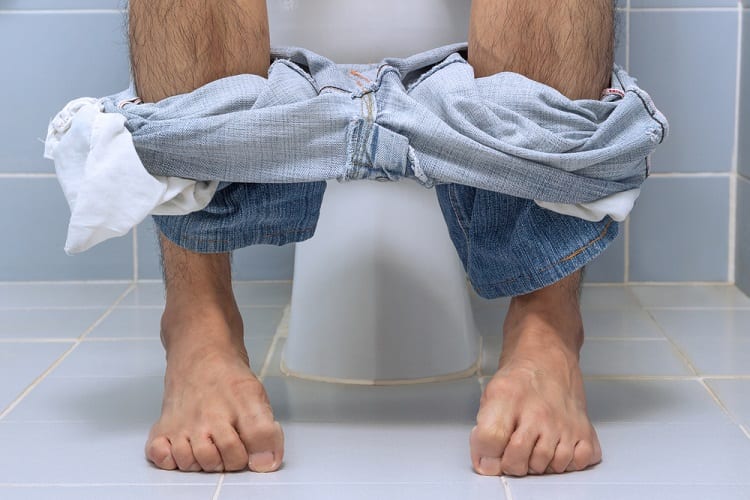
Another disease that you must have heard of is E. coli.
This bacterium is mostly found in contaminated water, especially if your pool water is contaminated with infected stool. This is very much possible since diarrhea is one of the first diseases that people get from infected pools.
If you come in contact with E. coli, you can expect to experience severe diarrhea, often bloody, as well as painful abdominal cramps for at least 10-days.
6. Pontiac Fever
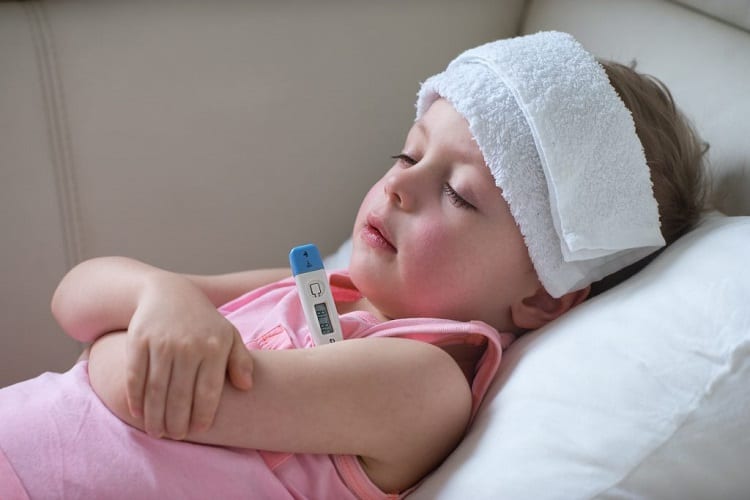
More of a hot tub disease than a swimming pool disease, Pontiac fever can be caused by a bacterium called Legionella.
This is a freshwater bacterium that is responsible for Legionnaires’ disease and Pontiac fever. It is spread by inhaling the mist from water that is previously contaminated. People with a weak immune system are more likely to fall ill.
If you do not get Legionnaires’ disease, it is safe to say that your chances of contracting a severe form of pneumonia are high. Symptoms also include chills, body aches, and headaches.
7. Swimmer’s Ear
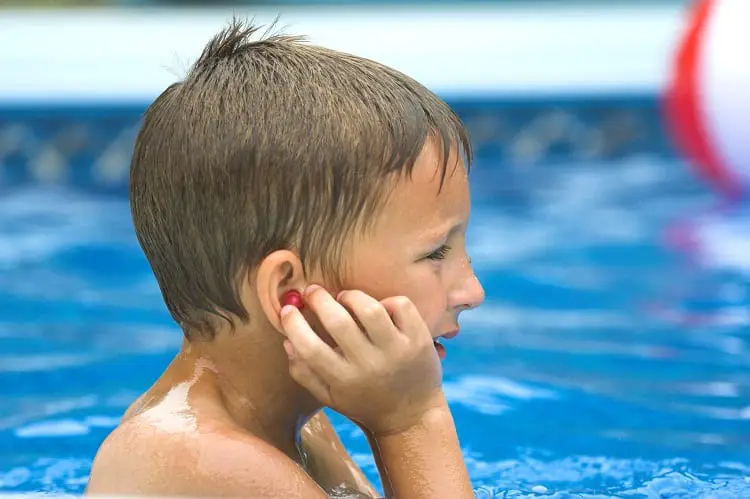
If this term did not send a cringe down your spine, you clearly have never experienced a swimmer’s ear. To say the least, it is painful. A swimmer’s ear is caused by the inflammation of the outer ear canal. Hence, you’ll experience sharp pain on the outside of your ear.
This usually happens when you have too much water in your ear as this becomes a breeding ground for bacteria, especially if the pool water is already contaminated.
To avoid the swimmer’s ear, simply dry your ears with a towel right after you get out of the pool.
You can also gently pull your earlobes while tilting your head side to side to get rid of the water residue that might have accumulated inside. Don’t worry about looking silly. This hack will save you a trip to the doctors in the future!
8. Lice
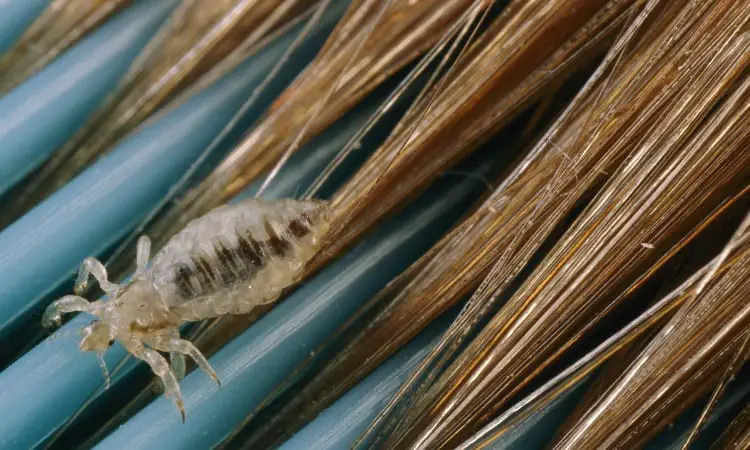
Did you think that lice cannot exist in heavily contaminated pool water?
Well, sorry to pop your bubble, but you couldn’t be farther from the truth. Unfortunately, these parasites are immune to the effects of chlorine.
Lice latch on to the human scalp and suck blood (yikes). This causes the scalp to itch, and of course, don’t forget that lice are contagious and super unhygienic.
Even though there are relatively fewer chances of getting lice directly from pool water, they can get transferred by sharing towels or hairbrushes.
9. Hepatitis A
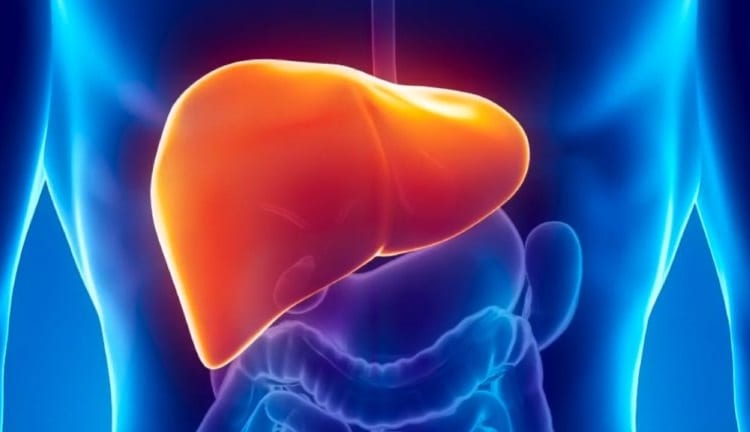
A disease of the liver, Hepatitis A is absolutely brutal, especially since antibiotics do not really help. Symptoms of Hepatitis A range from severe nausea and a lack of appetite to fever and jaundice.
If you feel these symptoms after a day out at the pool, get yourself tested immediately. The good news is that a vaccine exists to prevent you from contracting Hepatitis A. Go get that shot if you haven’t already!
How to Prevent Diseases in Your Pool

Here are a few things you can do to prevent diseases from manifesting in your swimming pool. Remember, you are responsible for the lives of hundreds of people who use your services.
1. Bleach and Soap
Use a strong bleach and soap solution and an exterior brush to clean the surfaces surrounding the pool.
This includes those surfaces closest to the pool, as well as the playgrounds away from the water. This step is crucial as germs are mostly found in these common areas.
2. Designated Areas for Changing Diapers
It is essential to enable special areas for parents who need to change their baby’s diaper.
Mostly, parents will lay their children down on tables and chairs, leaving the dirty diaper lying around, and once they clean their child up, they will eat food on the same table. This is a breeding ground for diseases.
3. Public Health Agencies
A great way to ensure that you are following all rules and regulations, and ensuring the safety of your users if by inviting public health agencies and staff members of Aquatic centers to check your pool hygiene, as well as advice you on how to further prevent the transmission of diseases.
4. Shower Before Swimming
Ensure that all users of the pool shower before they jump into the pool. This is a crucial step to removing any traces of sweat, dirt, urine, or particles of feces.
This way, pathogens are kept out of the water, and the pool chemicals can do their job of killing other germs effectively.
5. Keep Sick Children Away from the Swimming Pool
If you find any child sick with diarrhea or vomiting, do not allow them to use the plastic kiddie or inflatable pool. Most of the children’s pools do not come with filters to properly treat and clean the water. Hence, the spread of bacteria is more common in these pools.
In case some feces does get into the pool, immediately evacuate all children and clean the pool thoroughly. Once done with cleaning, let the pool dry in the sun for a minimum of 4-hours.
6. Do Not Let Children Swallow Pool Water
Efficiently remind children not to swallow or let the pool water go into their mouths. Keep pop-up banners around the pool area and changing rooms if you have to.
7. No Soiled Diapers
Tell all parents to change children’s soiled swim diapers immediately. These diapers, contrary to popular belief, are not leakproof. Once in the pool, they allow the feces to seep into the water, causing an array of diseases.
Remember, bugs and bacteria in swimming pools tend to multiply.
Make sure to clean out your pool regularly and follow proper safety protocols. Double-check with your local aquatic agencies to ensure that your pool health is maintained so that no one gets sick on your watch!

